|
The first winter period of 2022 has proven a pretty samey affair, with a near-complete lack of cold snaps and relatively few storms either, meaning that there was no repeat of the dynamic local birding enjoyed in the early part of 2021. A constant feature of the past two-and-a-half months has been the wintering Ring-necked Ducks, with both birds still around. The adult spent most of its time to the west of Langtoft, with the youngster to the east. The latter gave some great views at the recently established Penfield NR at times and is now looking largely adult-like, save for a few brown belly feathers. Early in the year it suffered an injury and spent a few weeks swimming lop-sided, although by the time March arrived it was looking much better, with the bare parts brightening up and the last of the brown flank feathers moulted. Perhaps the highlight of this period, though, was the arrival of a trio of Smew at Langtoft West End on 1 March – a pair of adults and a 2cy female. This set of mature gravel pits is a traditional location for Smew, but with the rapid decline of the UK wintering population over the past 15 years, records here have dried up. So it was great to be able to watch these birds for a couple of weeks, with the immature lingering longer. As I have said on this blog in the past, I always worry if this will be the last winter that I see Bewick's Swans on my local fen. There were fewer Whoopers around this year, but up to 11 Bewick's appeared for a while in late January, including a couple of families. It seems to have been a good winter for young Bewick's appearing so evidently 2021 was a good breeding season. My local group had gone by the start of February as mild conditions took hold, although a single bird spent 10-11 February at BLGP, allowing for unusually good views (I thought it was sick at first, but it left overnight on 11th). Winter birding in the Peterborough area usually involves grilling the gulls at Tanholt landfill, but the tipping face and birds' habits meant it was a waste of time this year until February, when the birds suddenly started using the 'new' pit by the Green Wheel cycleway again, after months of loafing elsewhere. Paul Bolton and I put in several visits apiece and it was Paul that found the winter's first white-winger on 8 March – in fact, that day ended up producing two Iceland Gulls (3cy and 2cy) and a near-adult Kumlien's Gull, the last being the regular bird seen widely in Cambridgeshire. Also noted were a small number of Caspian Gulls during that period. Paul also found perhaps the first winter period's most surprising bird – a male Ring Ouzel at Star Pit, Dogsthorpe, on 14 January. It lingered around 10 days or so before moving on following scrub clearance work in its favoured area. The first I have seen in winter anywhere in Britain. Late winter and early spring is a good time to be out searching for the more elusive species of the local area, and it was nice to bump into this male Lesser Spotted Woodpecker at the first attempt in woods to the west of Peterborough. I watched it for about 10 minutes as it softly tapped away at a broken bough. There always seems to be a branch in the way! This species seems to just about cling on locally, and is almost certainly still under-recorded, but it wouldn't be a great surprise if it's lost in the coming decade. New oddities were otherwise at a premium during this first winter period, although there were a few signs of movement in the mild conditions of early March. Highlight was a male Red-breasted Merganser at Etton-Maxey on 4 March. Found by Hugh Wright, this is the first adult male in the area for several years. Also at Etton on 4 March I had my first Sand Martin of the year flying around, which was my earliest ever. Also a new early record for me was a Little Ringed Plover back at BLGP on 12 March.
1 Comment
|
This pageThe musings of a wildlife enthusiast, usually armed with his camera. Archives
September 2023
|
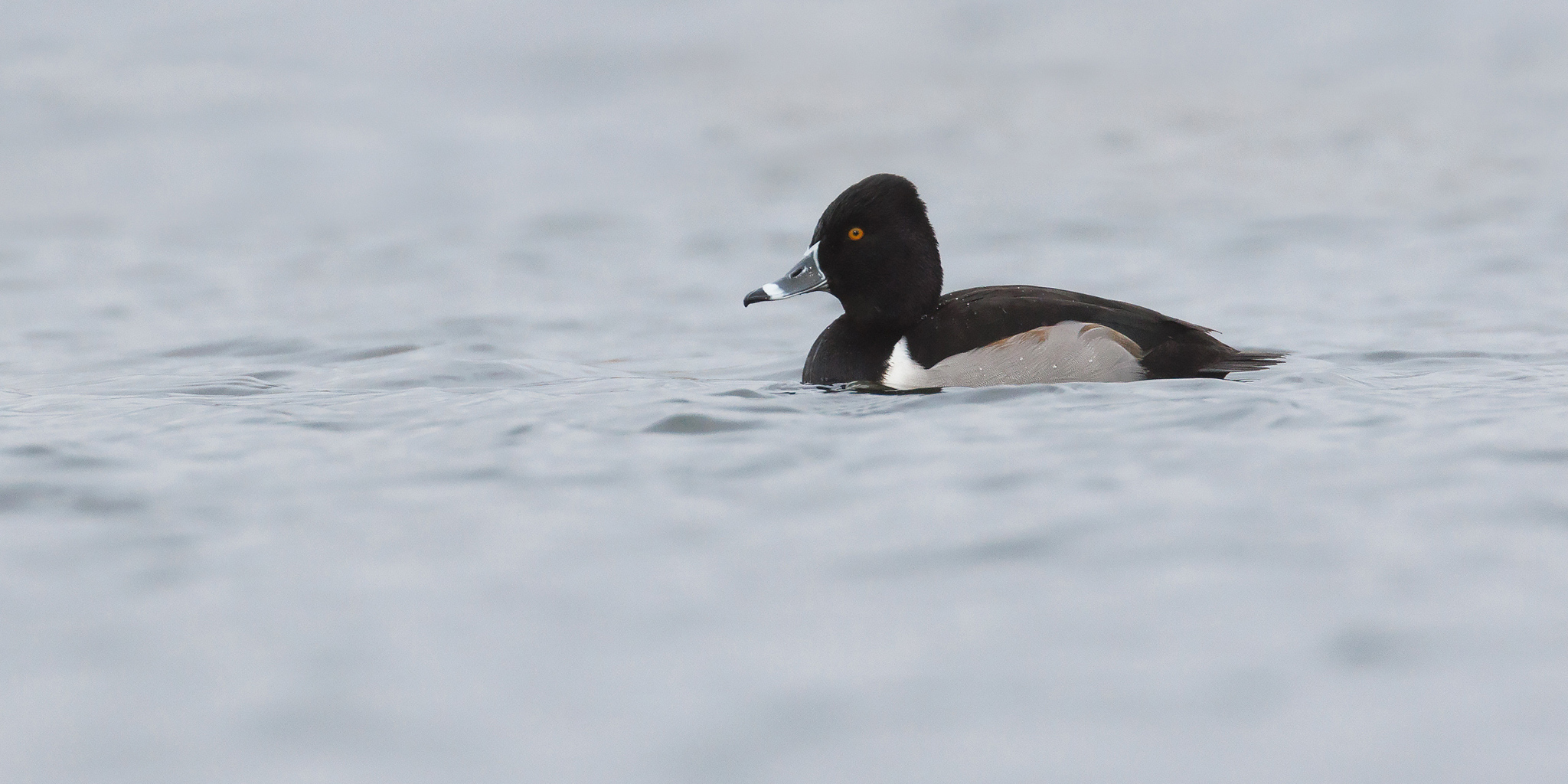
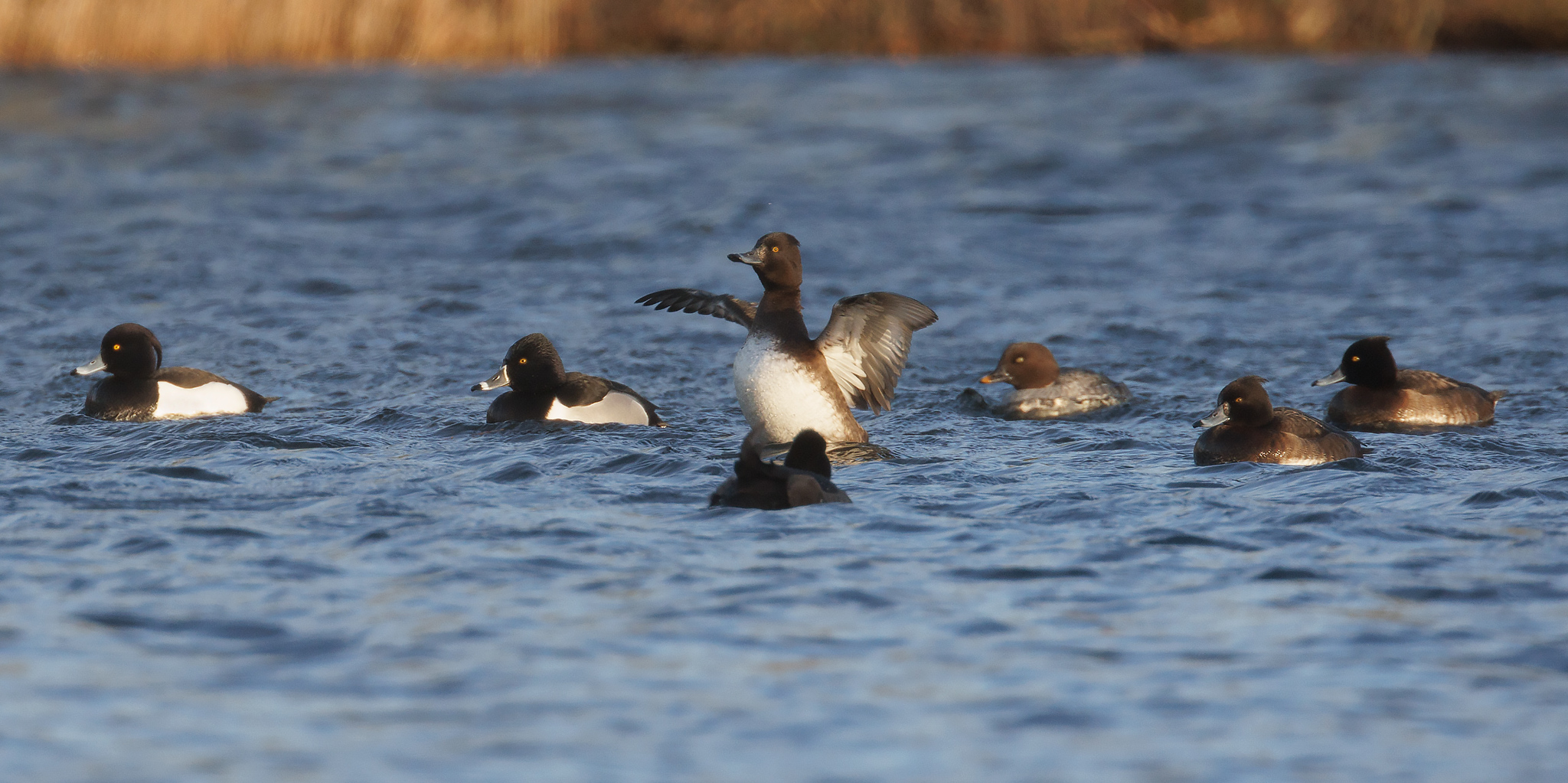
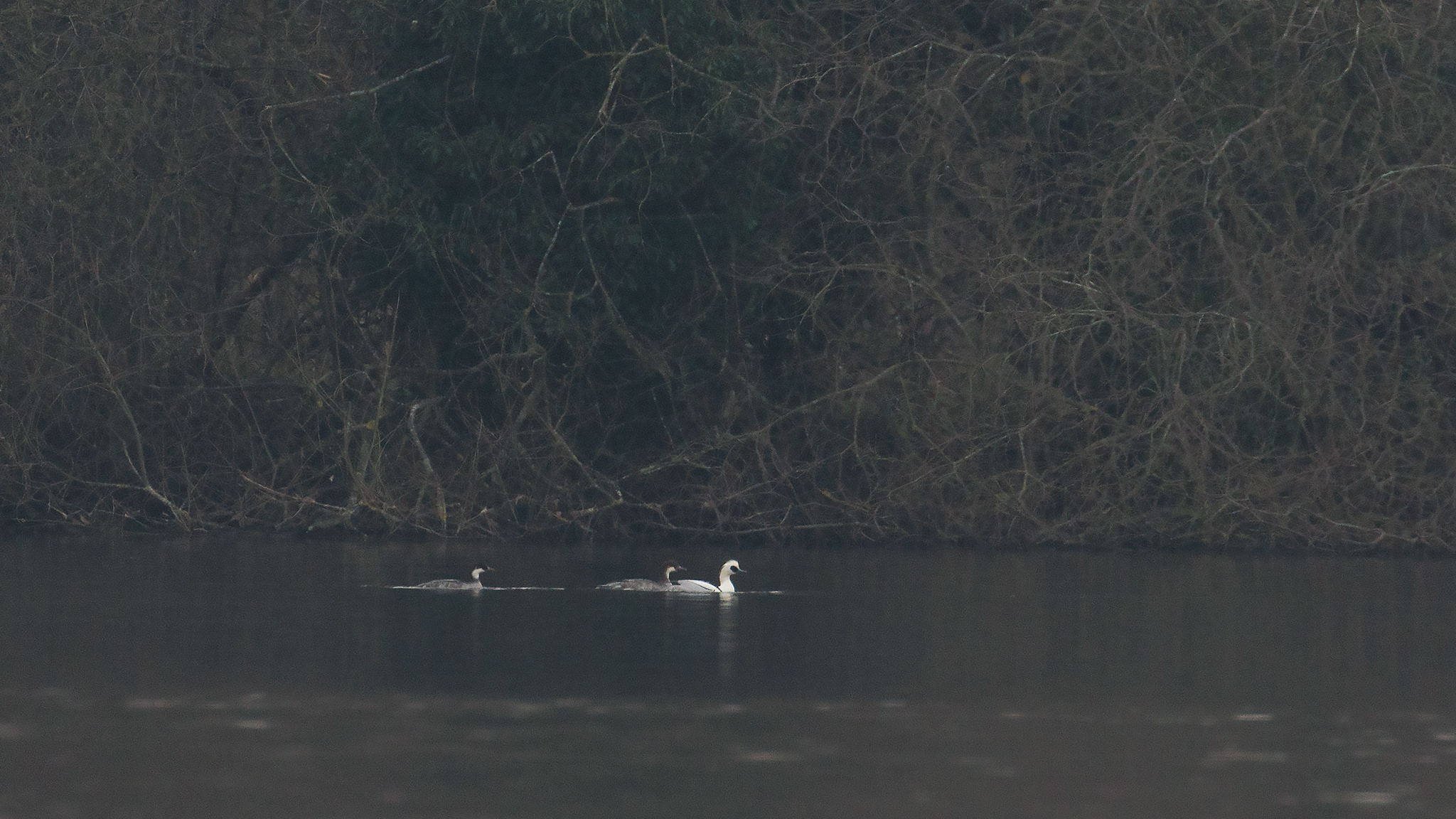

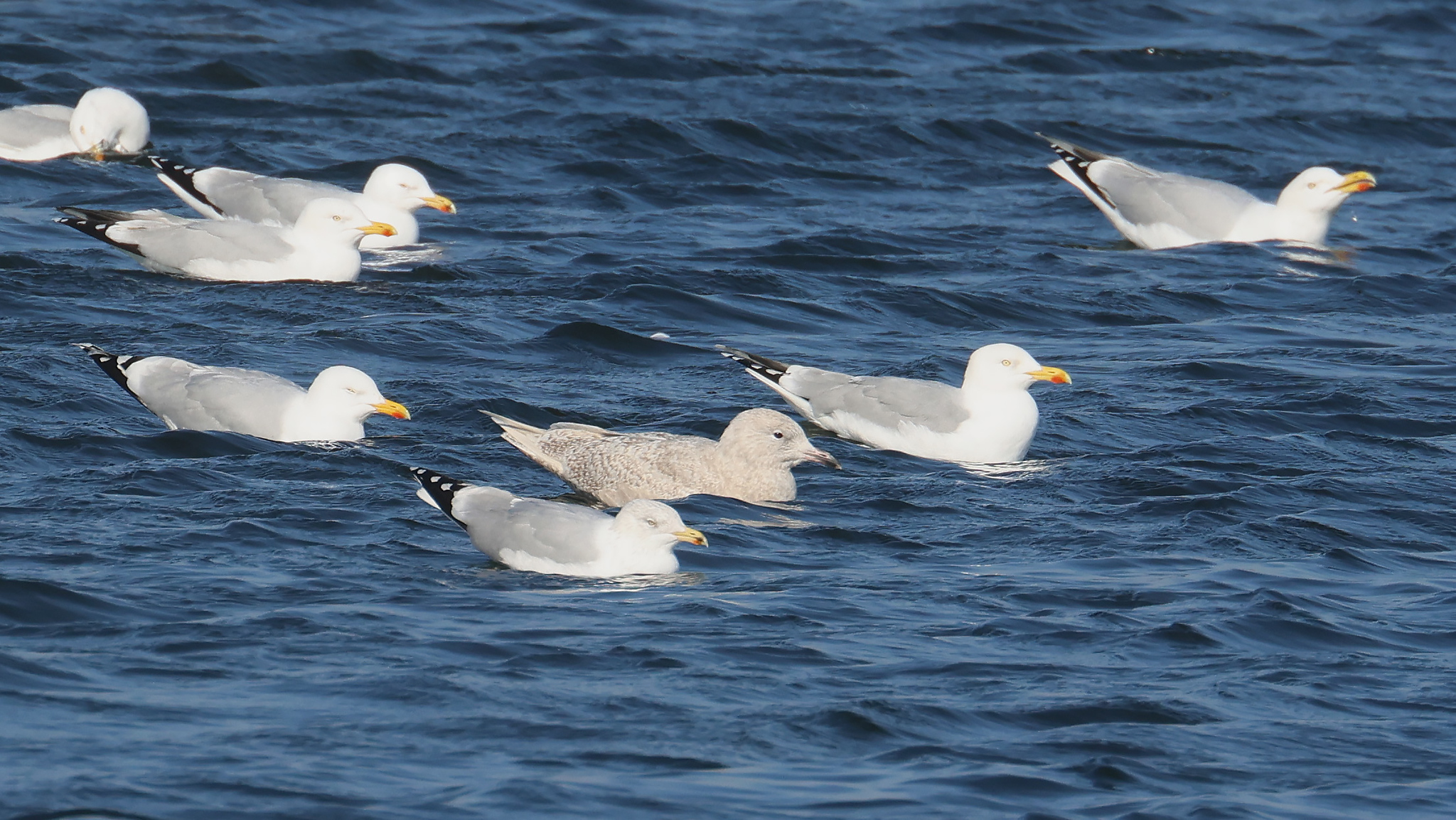
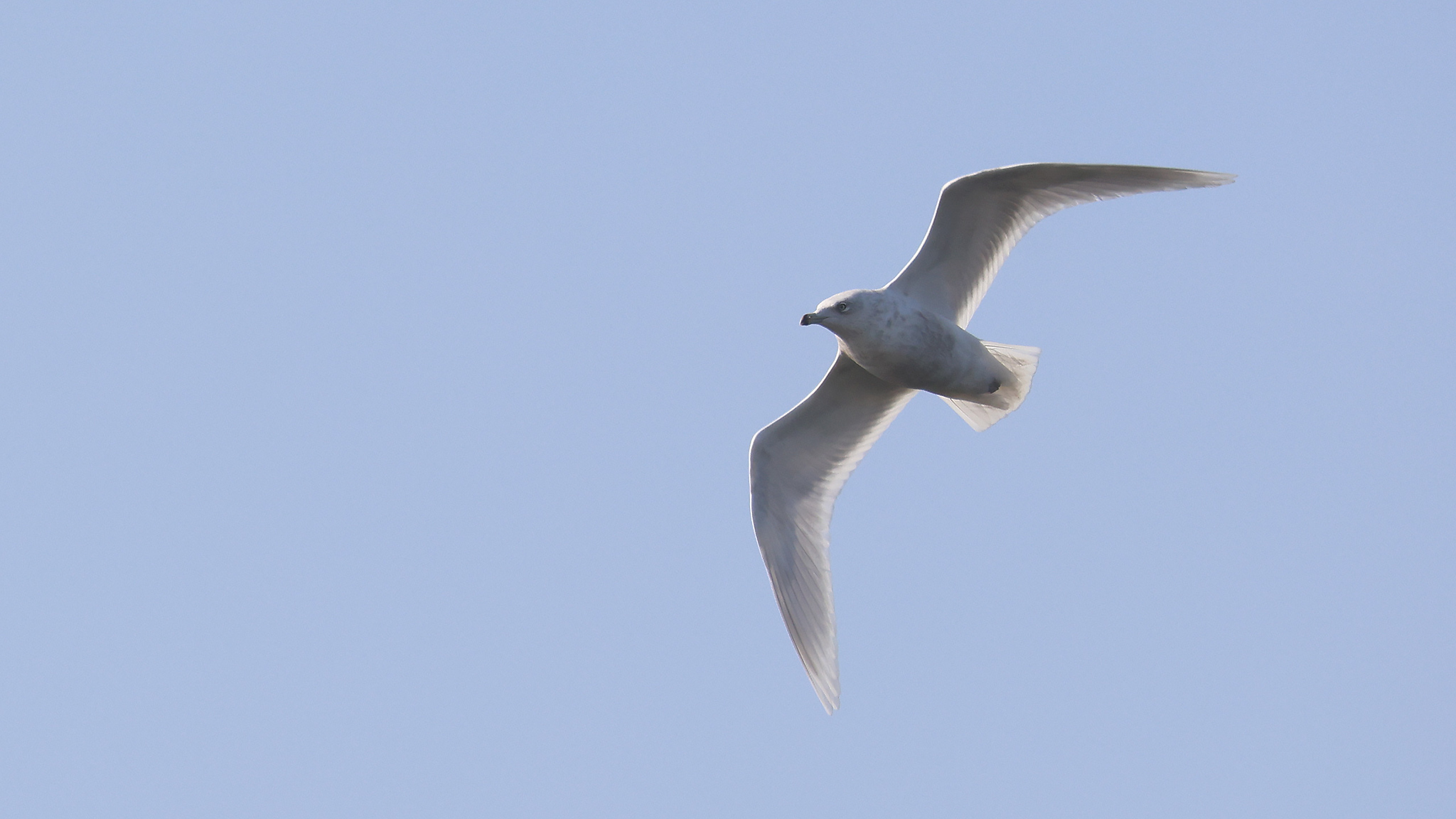
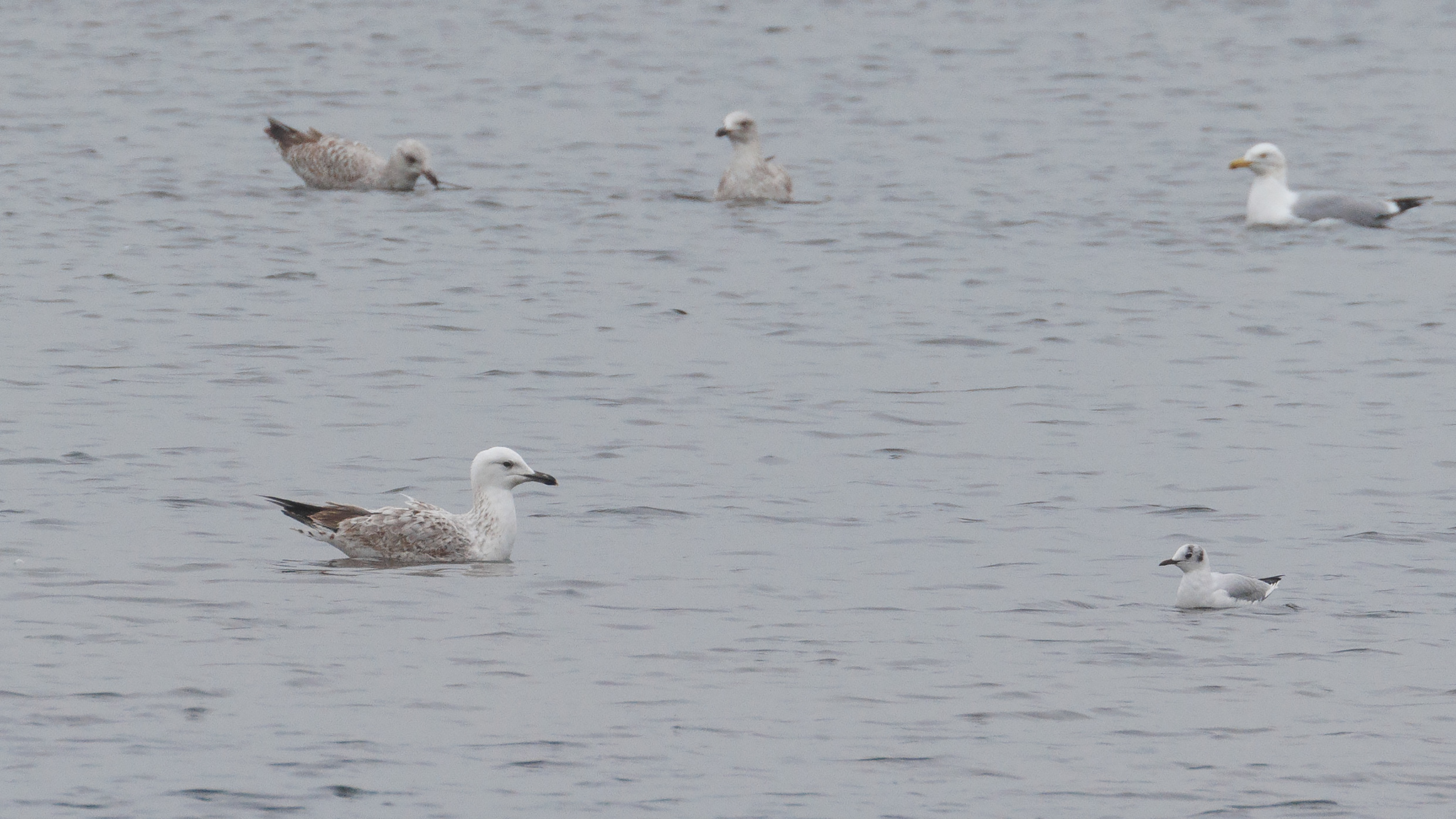
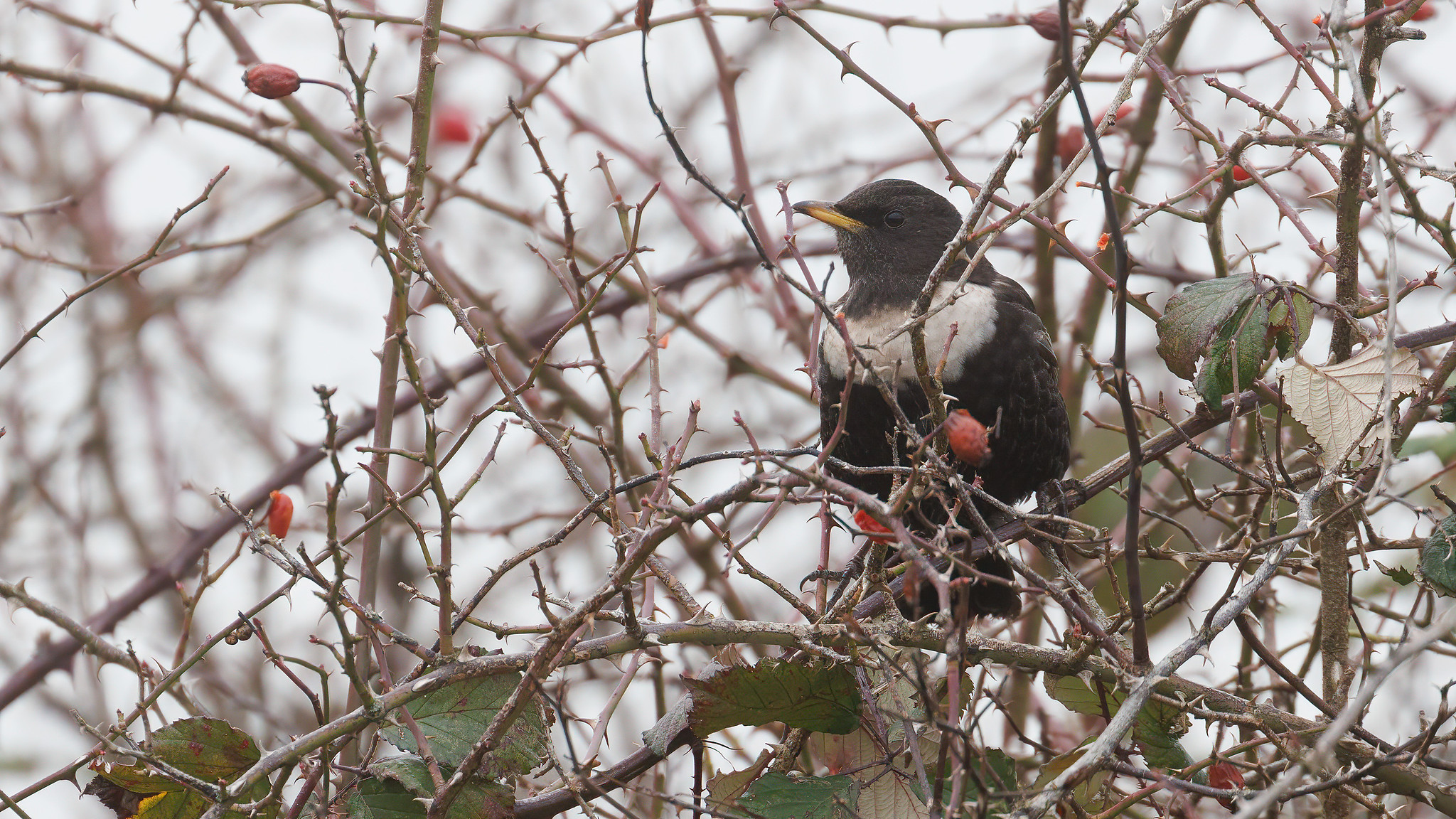
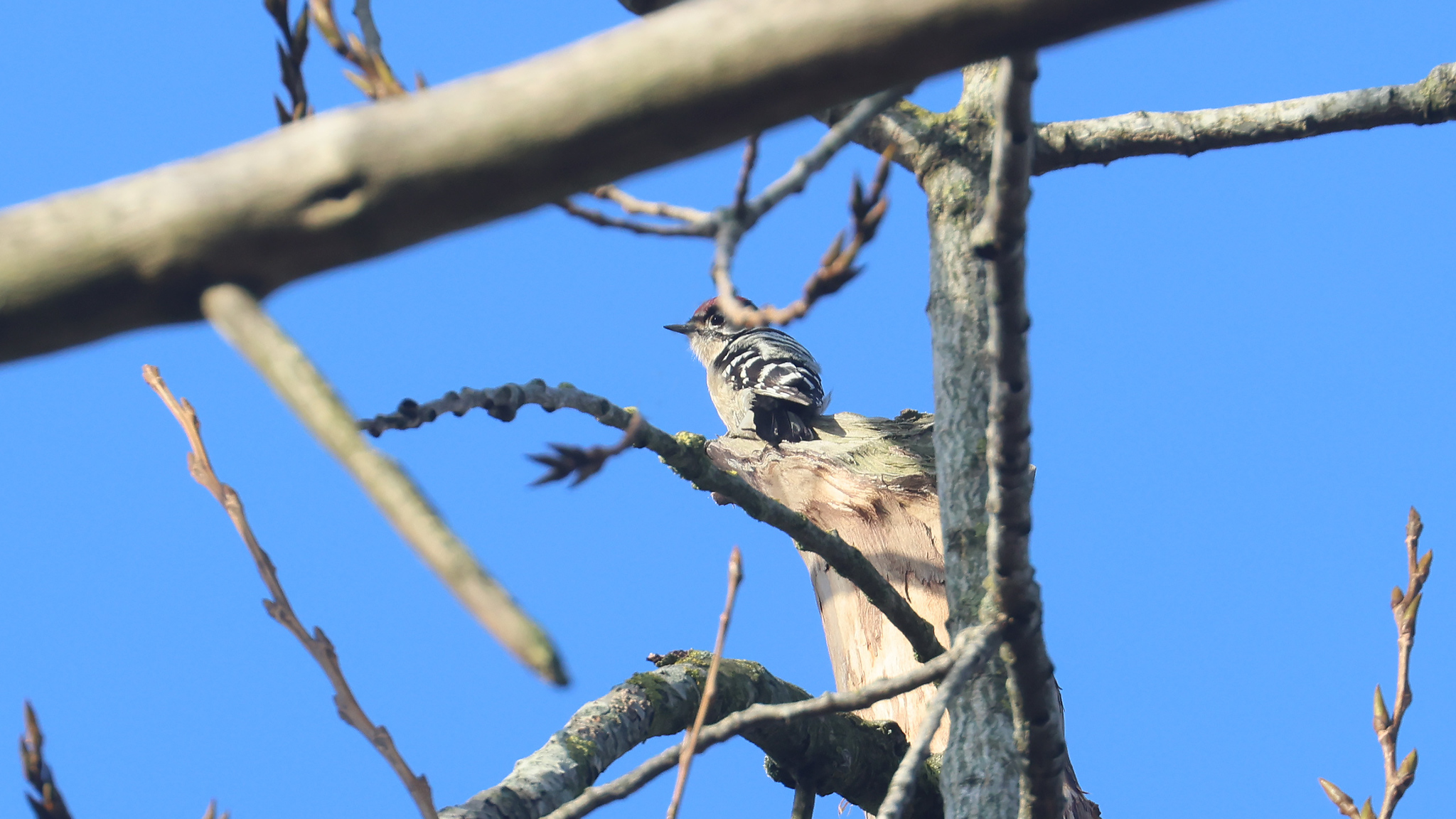
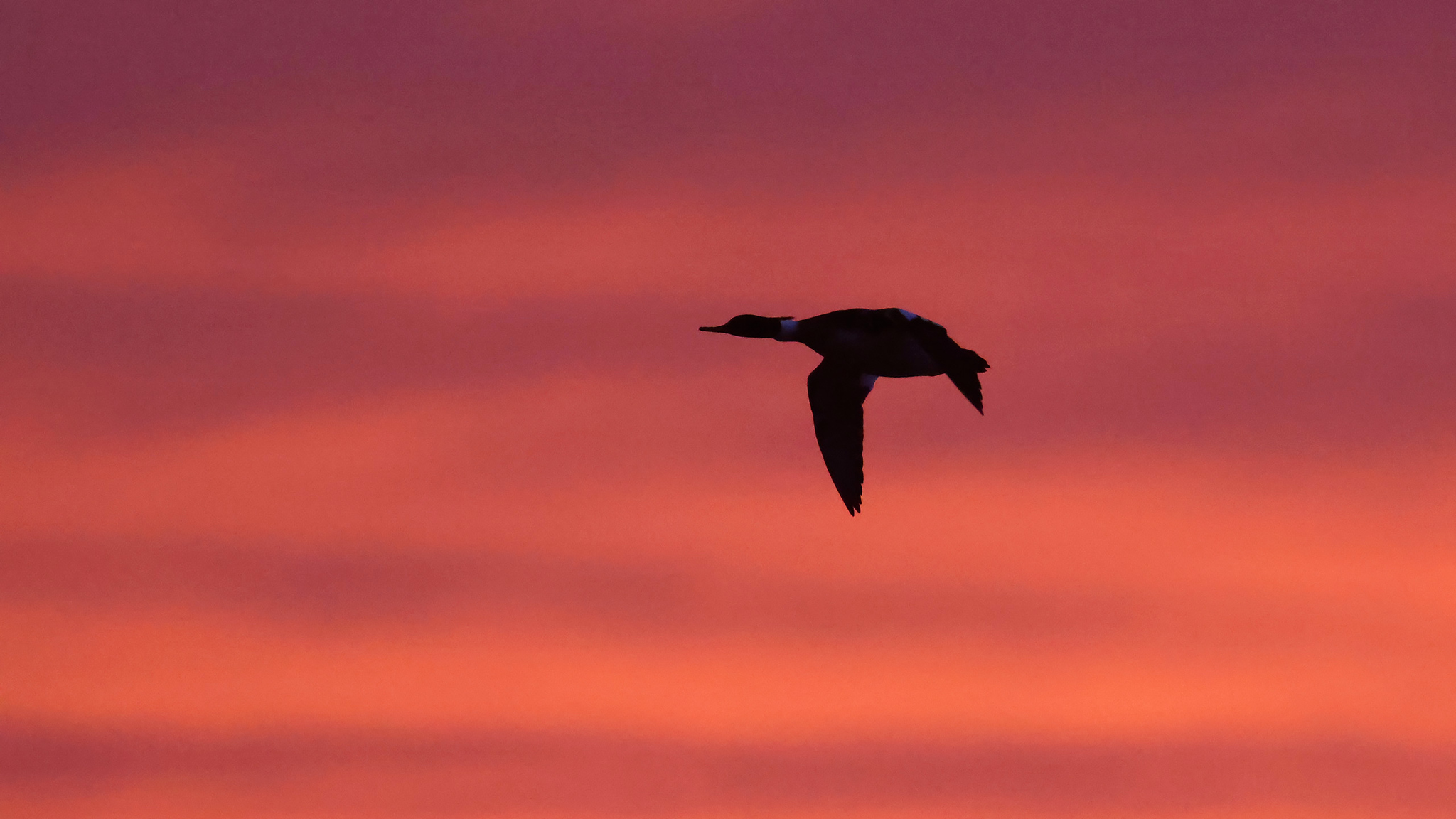
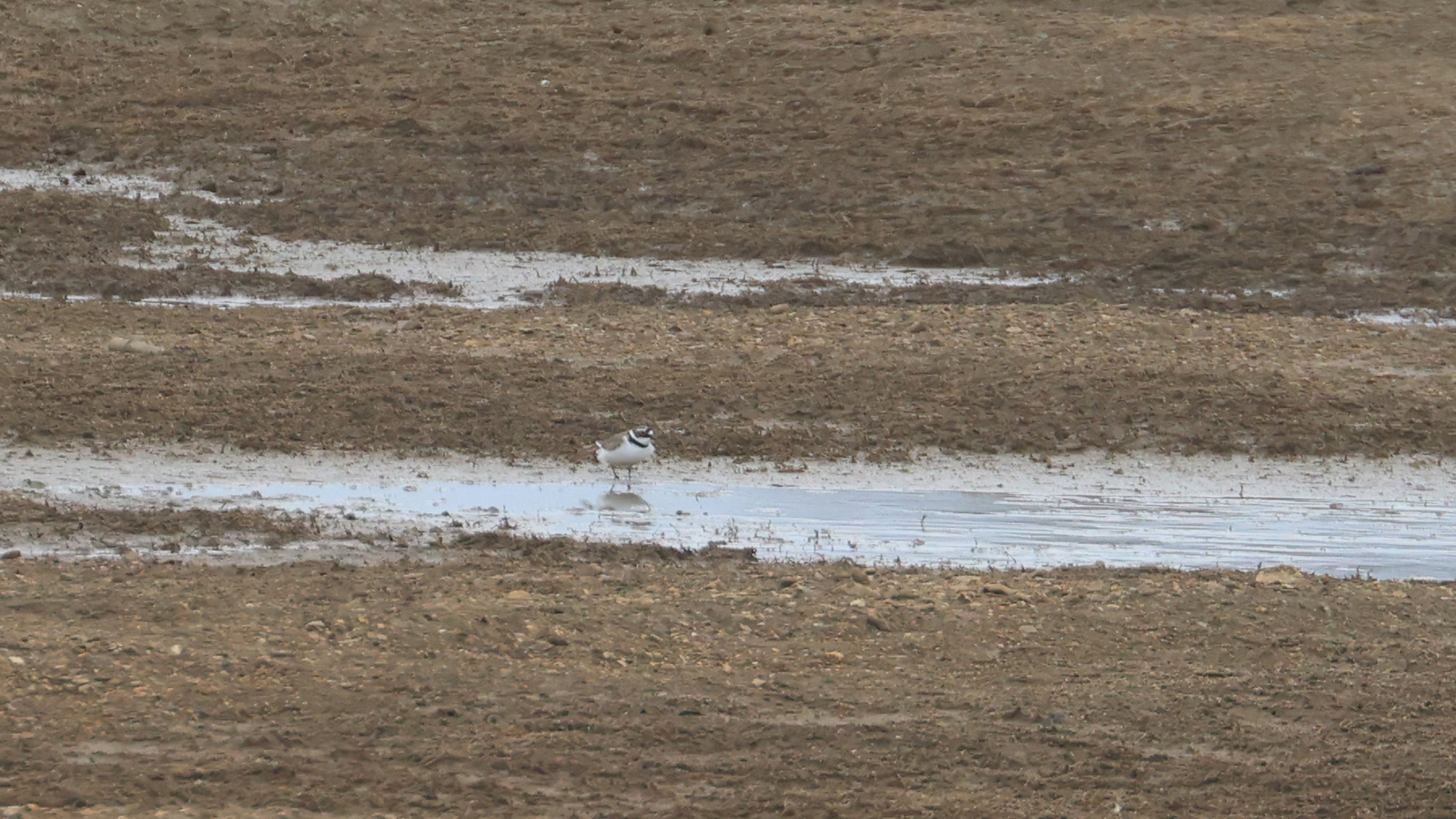
 RSS Feed
RSS Feed